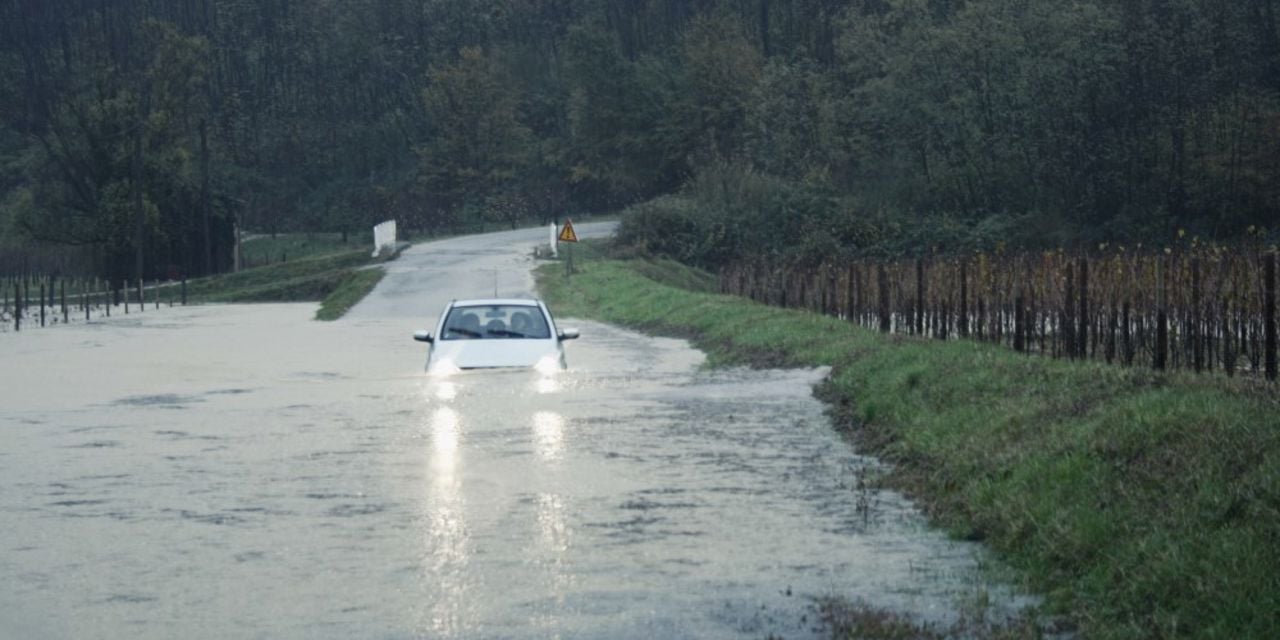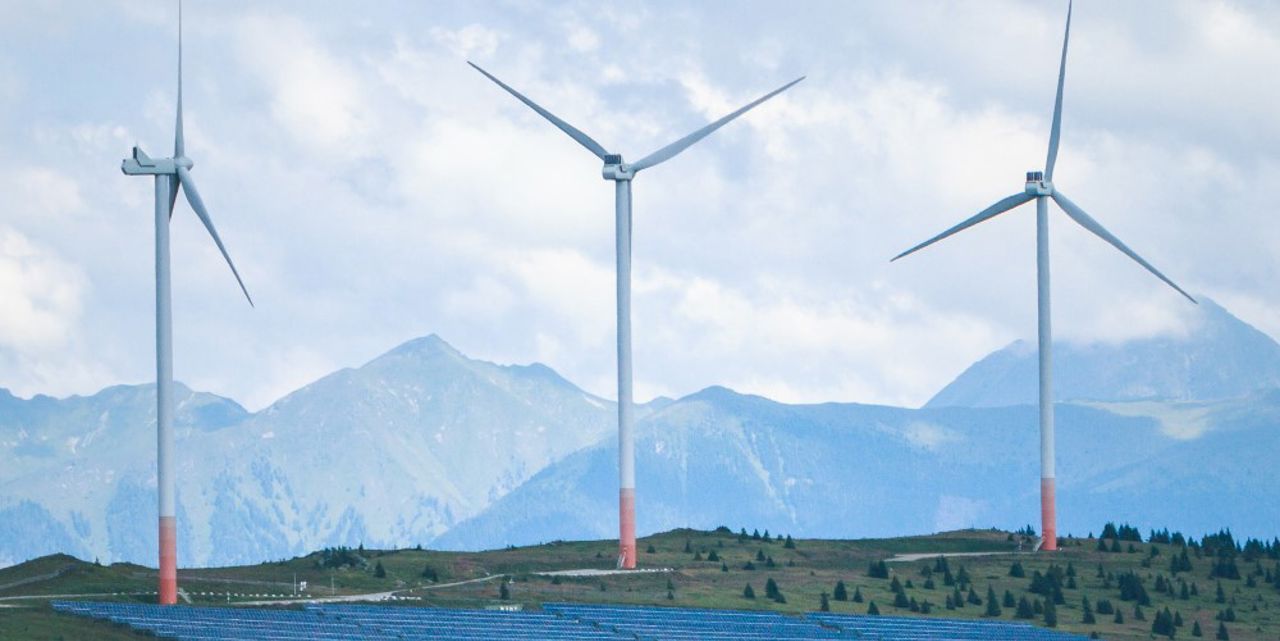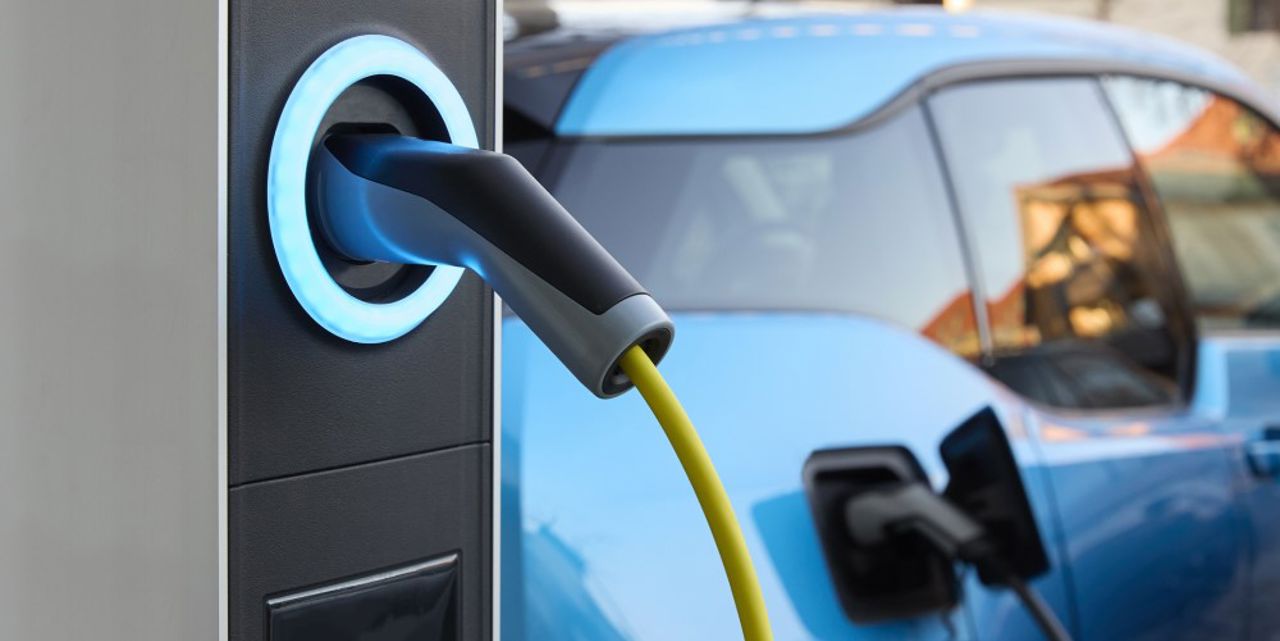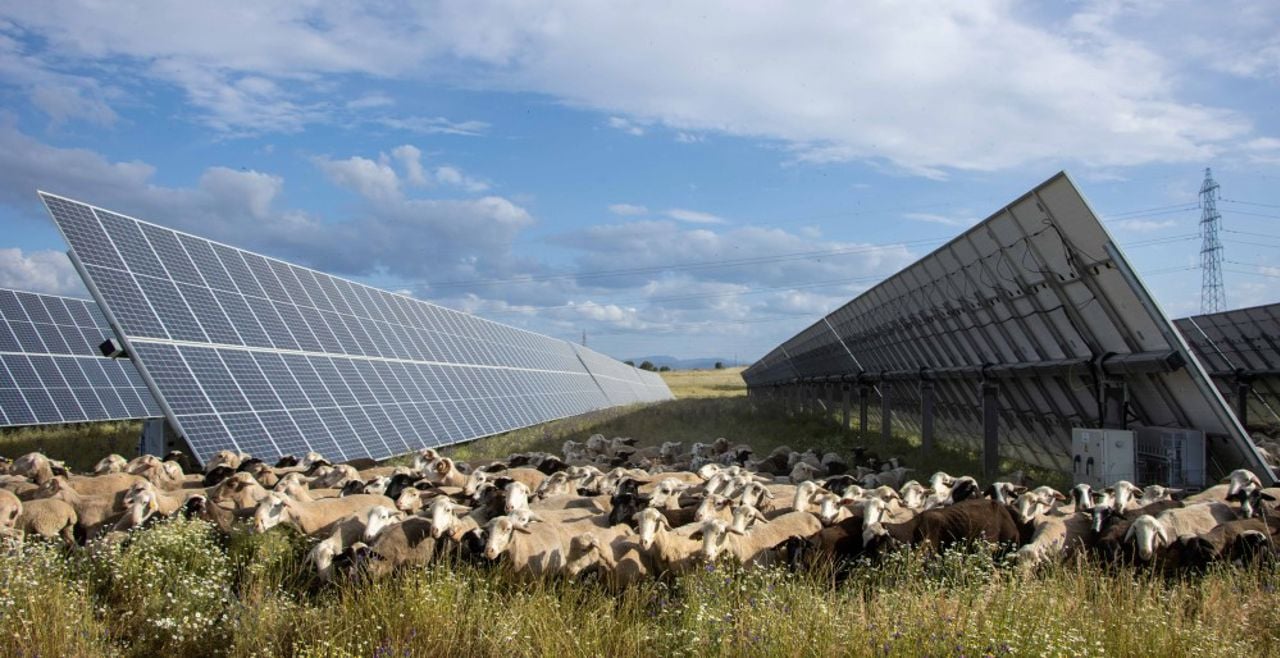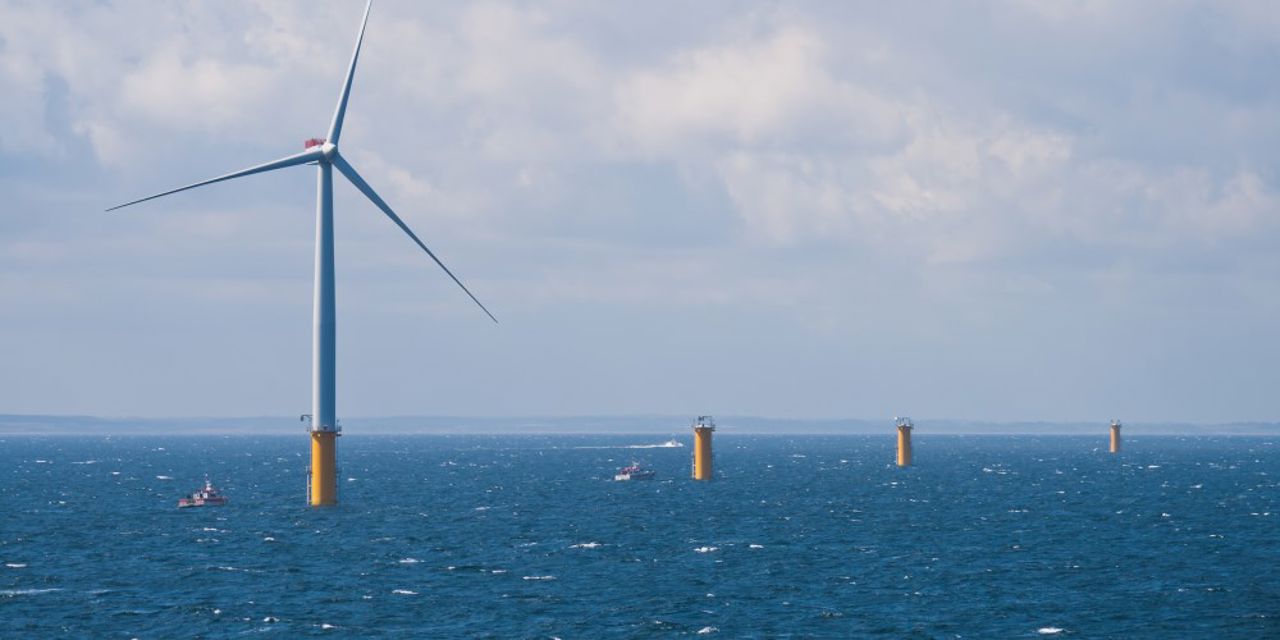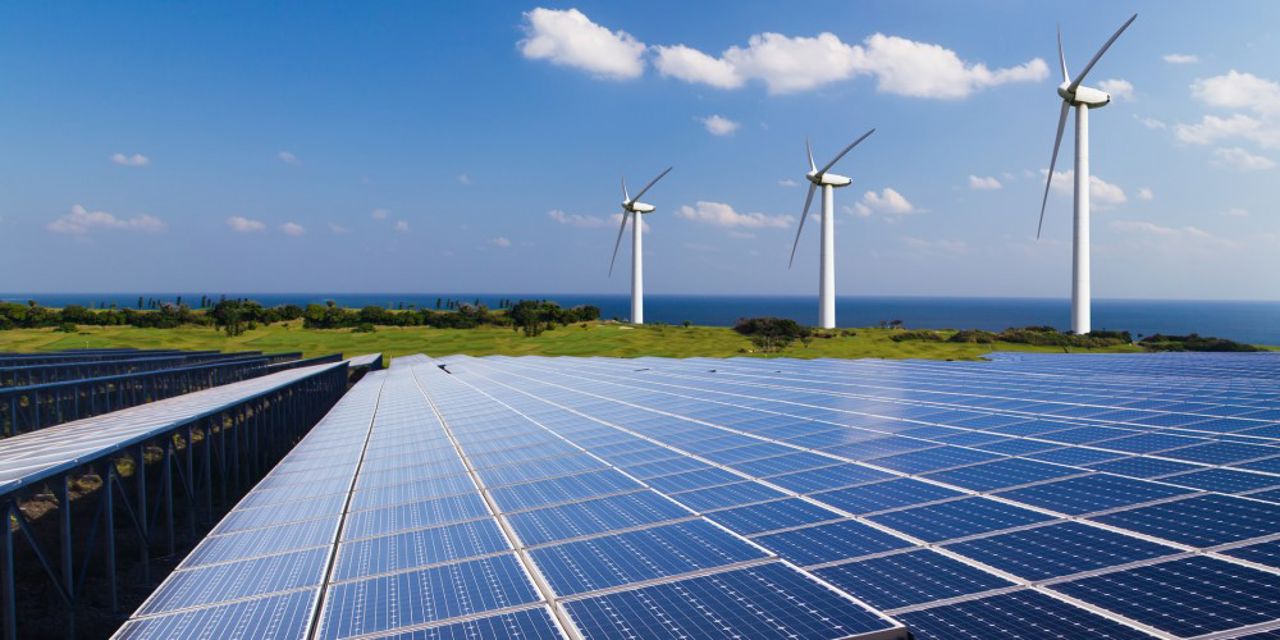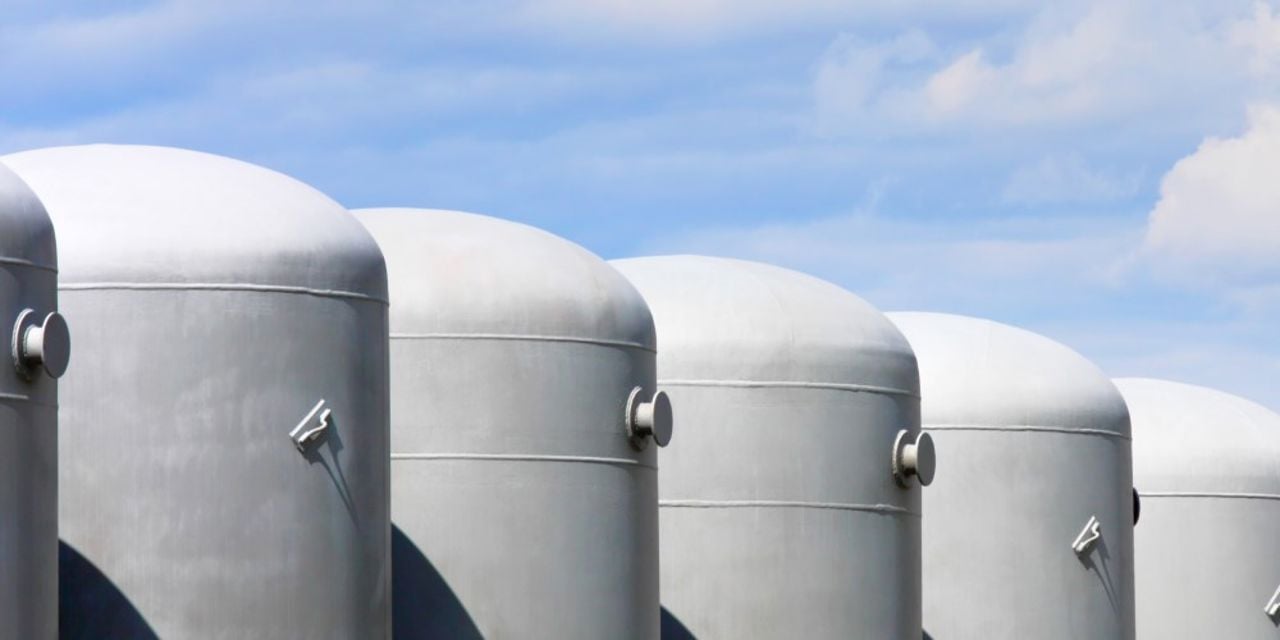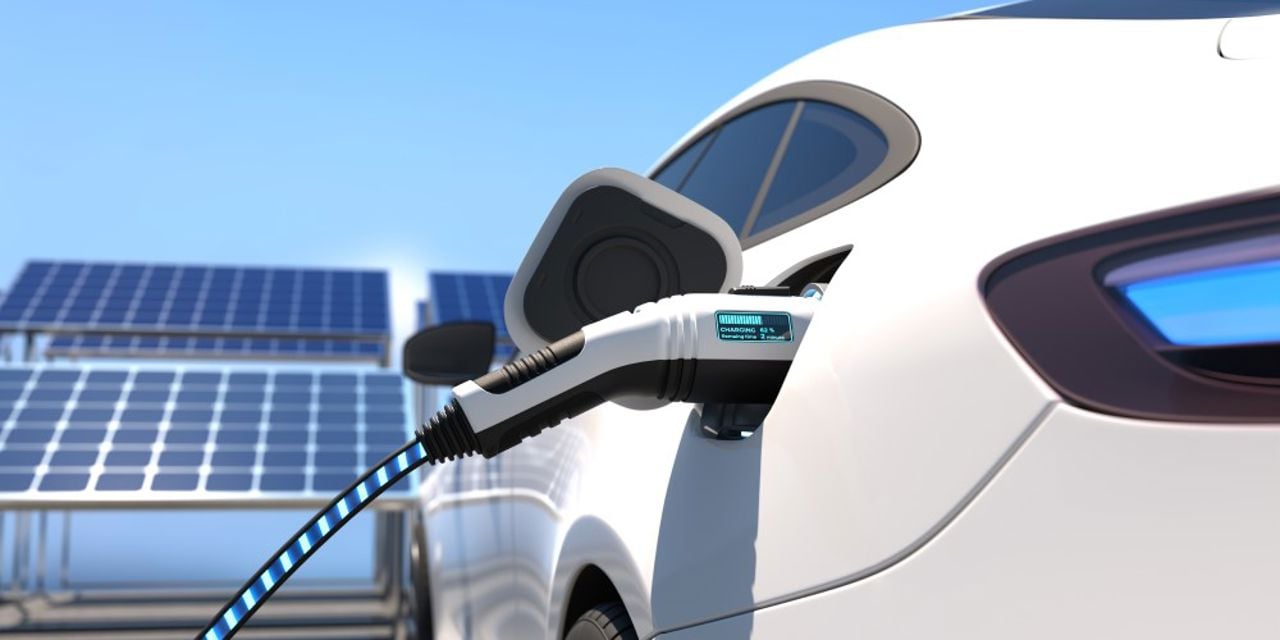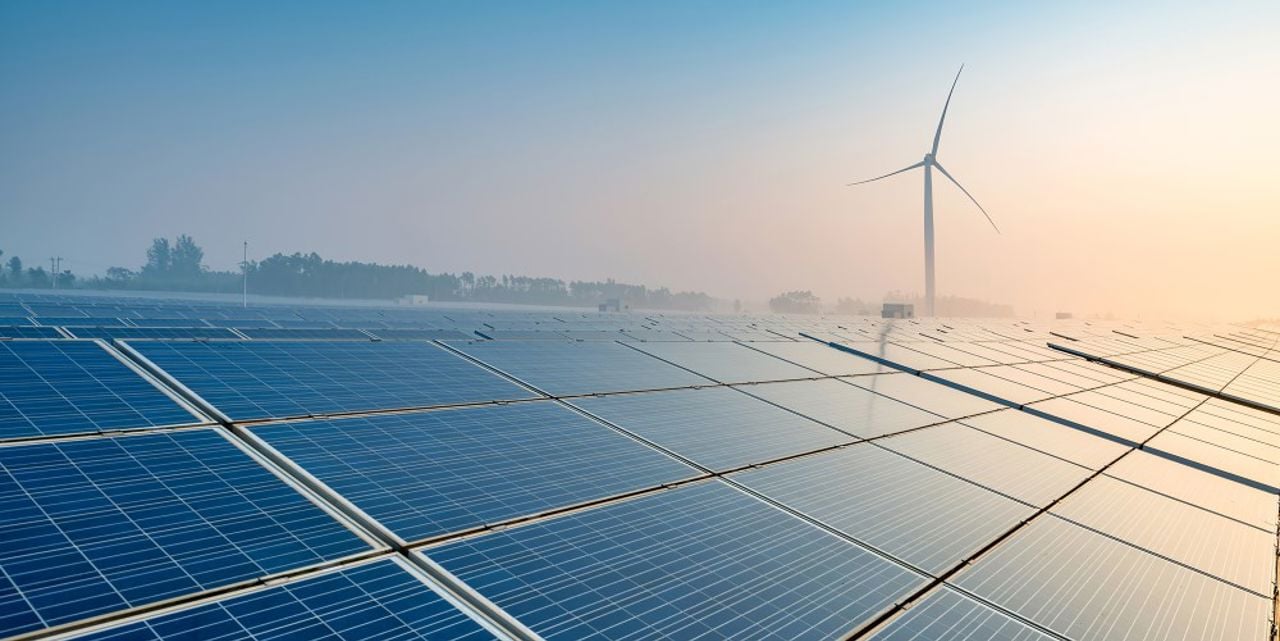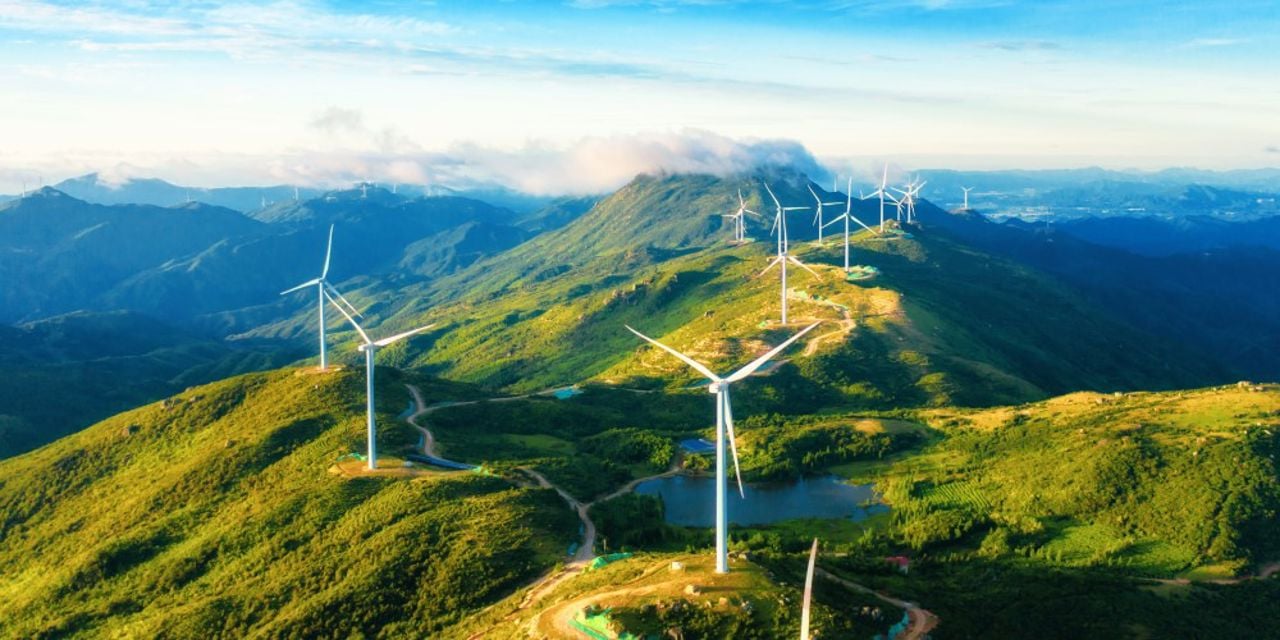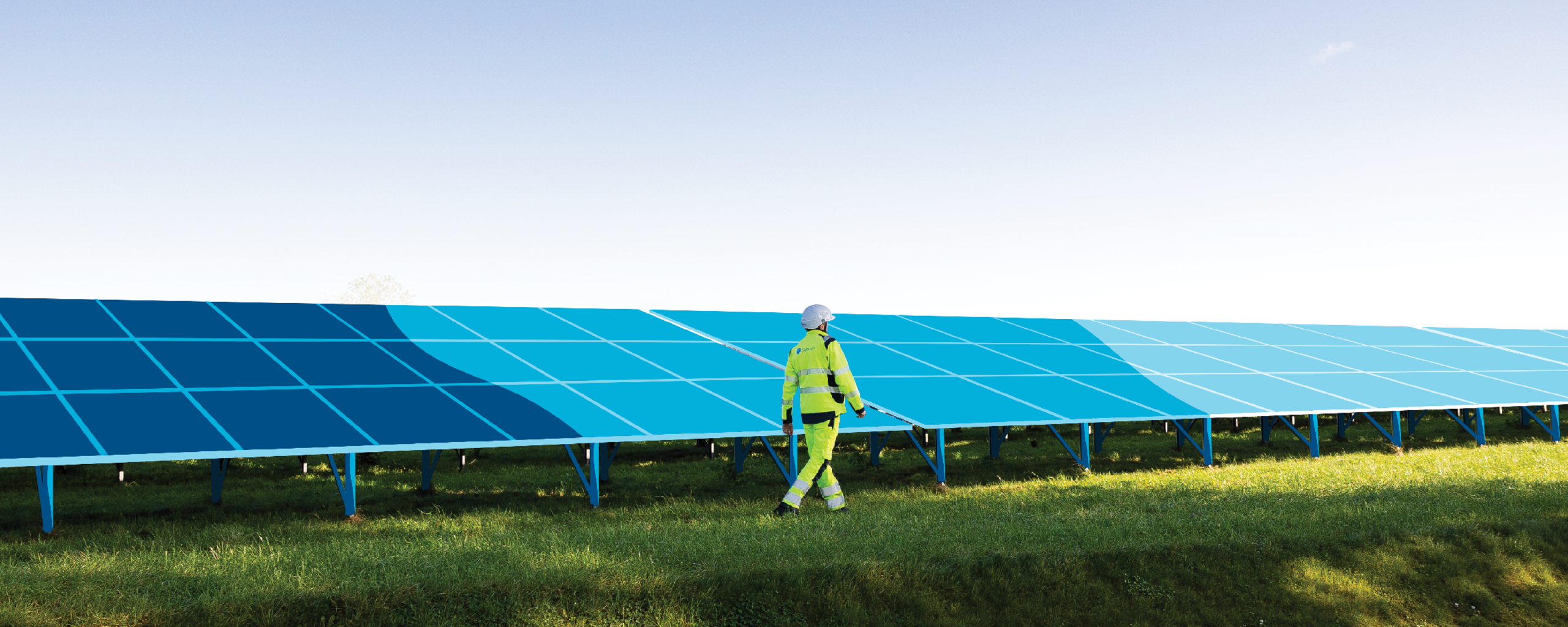
Low emissions scenario
2023
The energy world towards 2050
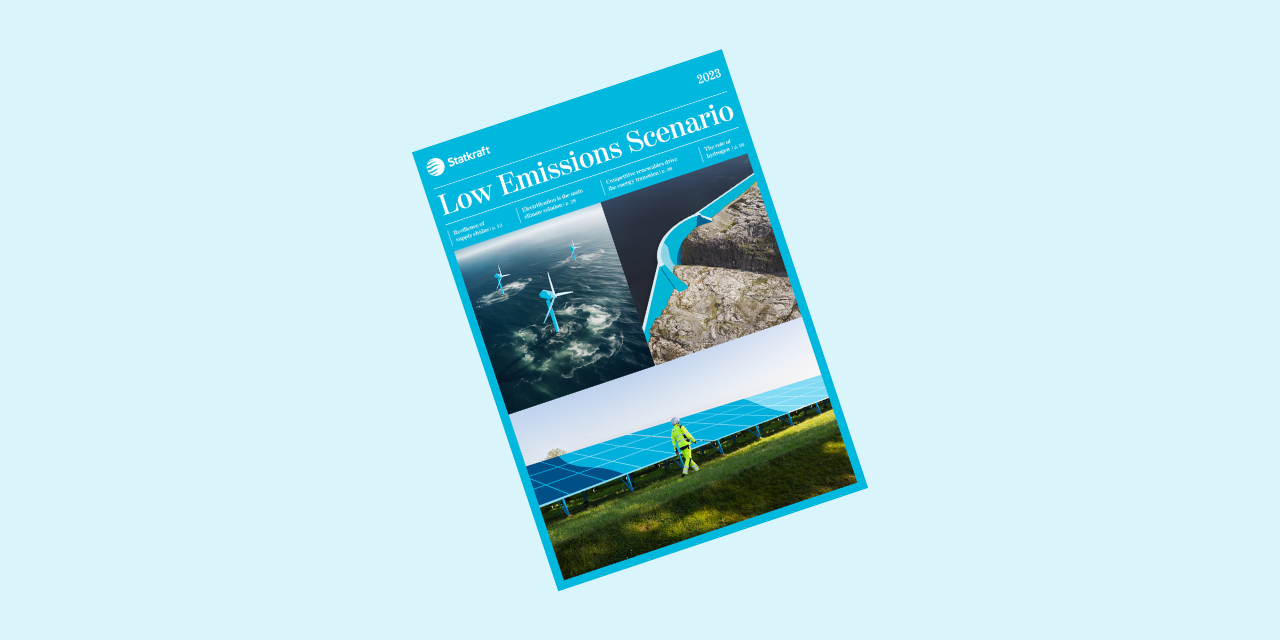
The stakes for the energy transition are higher than ever, and to reach net zero by 2050, we will need more of everything – and faster.
Developed by analysts leveraging the knowledge of 50 internal experts modelling power markets in detail across 21 countries, Statkraft’s Low Emissions Scenario is an optimistic but realistic assessment of global energy trends up to 2050.
In a first for the report, this year’s Low Emissions Scenario features two additional scenarios: Clean Tech Rivalry towards Net Zero and The Delayed Transition.
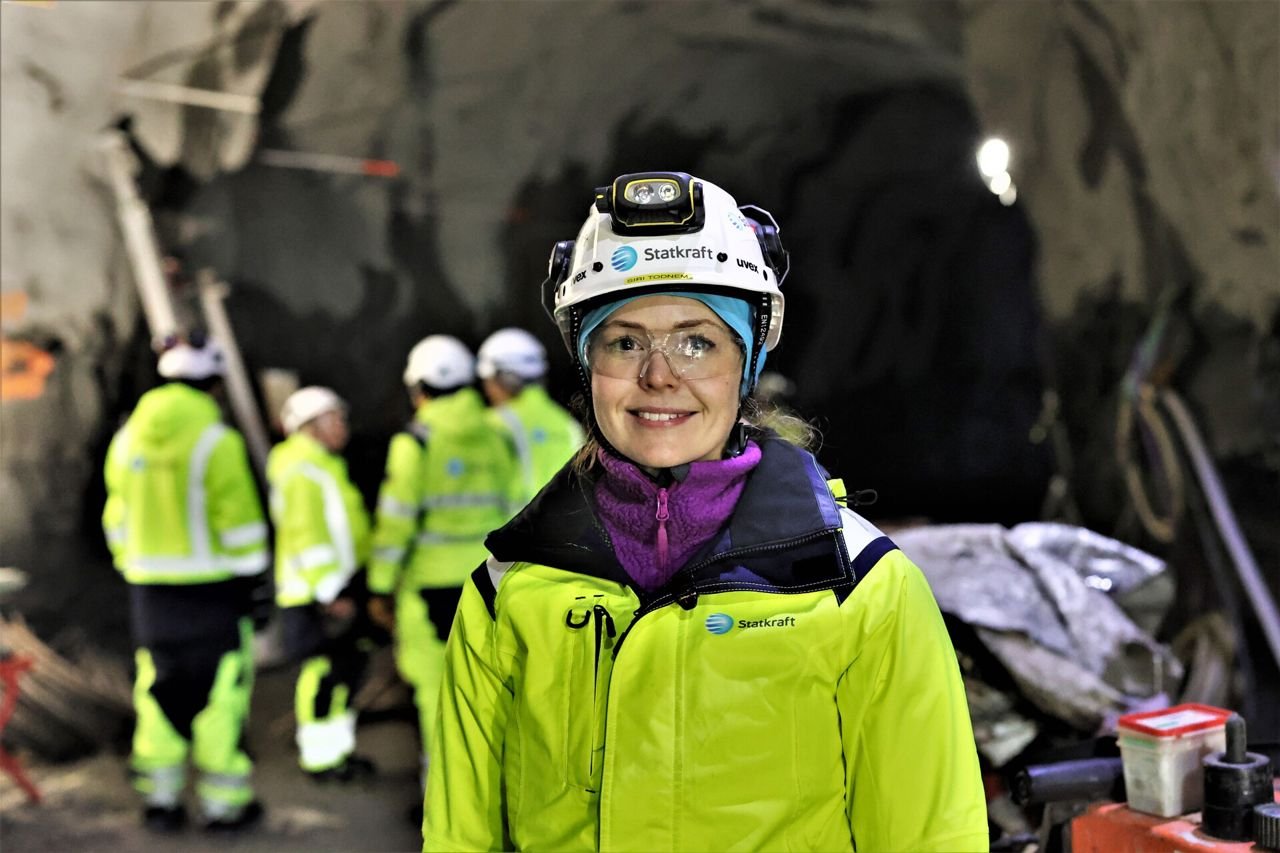
5 questions for a hydro project manager, Siri Todnem
Hydropower stands to play an ever-more vital role in our Low Emissions Scenario towards 2050. We chatted to Siri Todnem, project manager for the rehabilitation of one of Norway’s largest dams, to get up close and personal with hydro.
Meet Siri here

The Low Emissions Power Puzzle
In the Low Emissions Scenario, a successful energy transition requires a complex and coordinated set of actions from various actors and sectors. Keep reading to see how these specific puzzle pieces need to fall into place – and which ones may be missing across all three scenarios in the report.
Learn more here
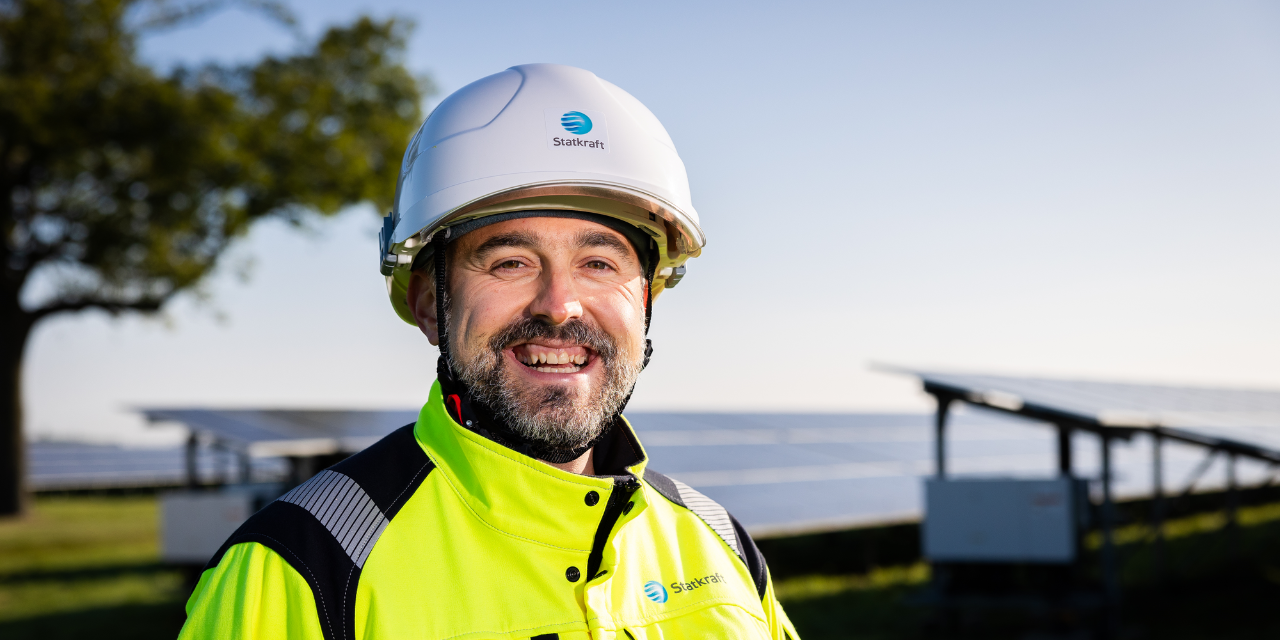
Solar power myth-busting
Our Low Emissions Scenario shows solar going from strength to strength towards 2050. Despite this huge potential, some ‘solar myths’ remain. Read on, as Solar Project Manager Paolo Pizzorni, busts some of the biggest.
Meet Paolo here
